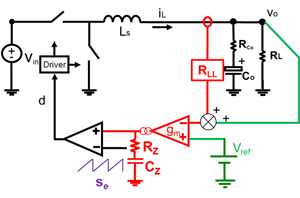
Fig. 1. Buck converter with active droop control.
Active droop control is widely used in Voltage Regulators for microprocessing. Since a summed signal of the inductor current and the output voltage is fed back, the active droop control is interpreted as a special implementation of current mode control. However, in the conventional small signal model, the nonlinearity of the current feedback is not taken into consideration. Moreover, for the VR with an OSCON capacitor, the output voltage triangle ripple is comparable with the inductor current ripple, because the ESR is designed to be equal to the droop resistance RLL. The output voltage switching ripple is also ignored in the conventional model. In terms of feedback design, the conventional model does not provide any clue about the optimization of the artificial ramp in the PWM modulator. As a result, many commercial controllers actually apply excessive ramp, which results in the complication of the compensator. This paper proposes a small signal equivalent circuit model for active droop control. The equivalent circuit is different for the case using the OSCON capacitor and the ceramic capacitor as an output capacitor. The design guidelines of the compensator and external ramp are proposed. The proposed design guideline can accurately evaluate the high frequency small signal performance, simplify the compensation, maximize the bandwidth and reduce the output capacitor numbers.
Active droop control is essentially an average current mode control with proportional voltage feedback. The voltage feedback DC gain is also a finite gain.

Fig. 2. Small signal equivalent circuit for active droop control with ESR dominant output capacitor.
























































































